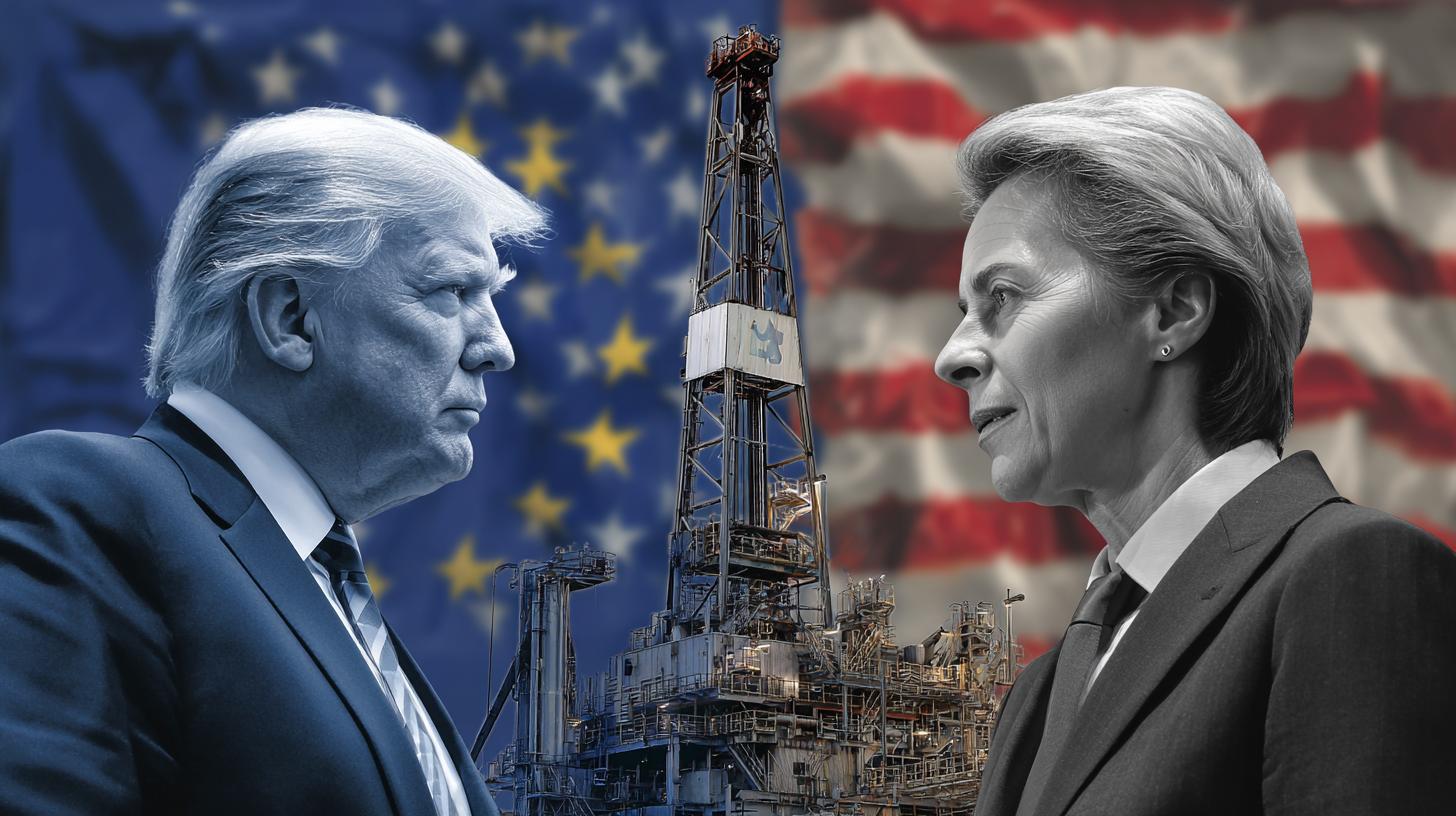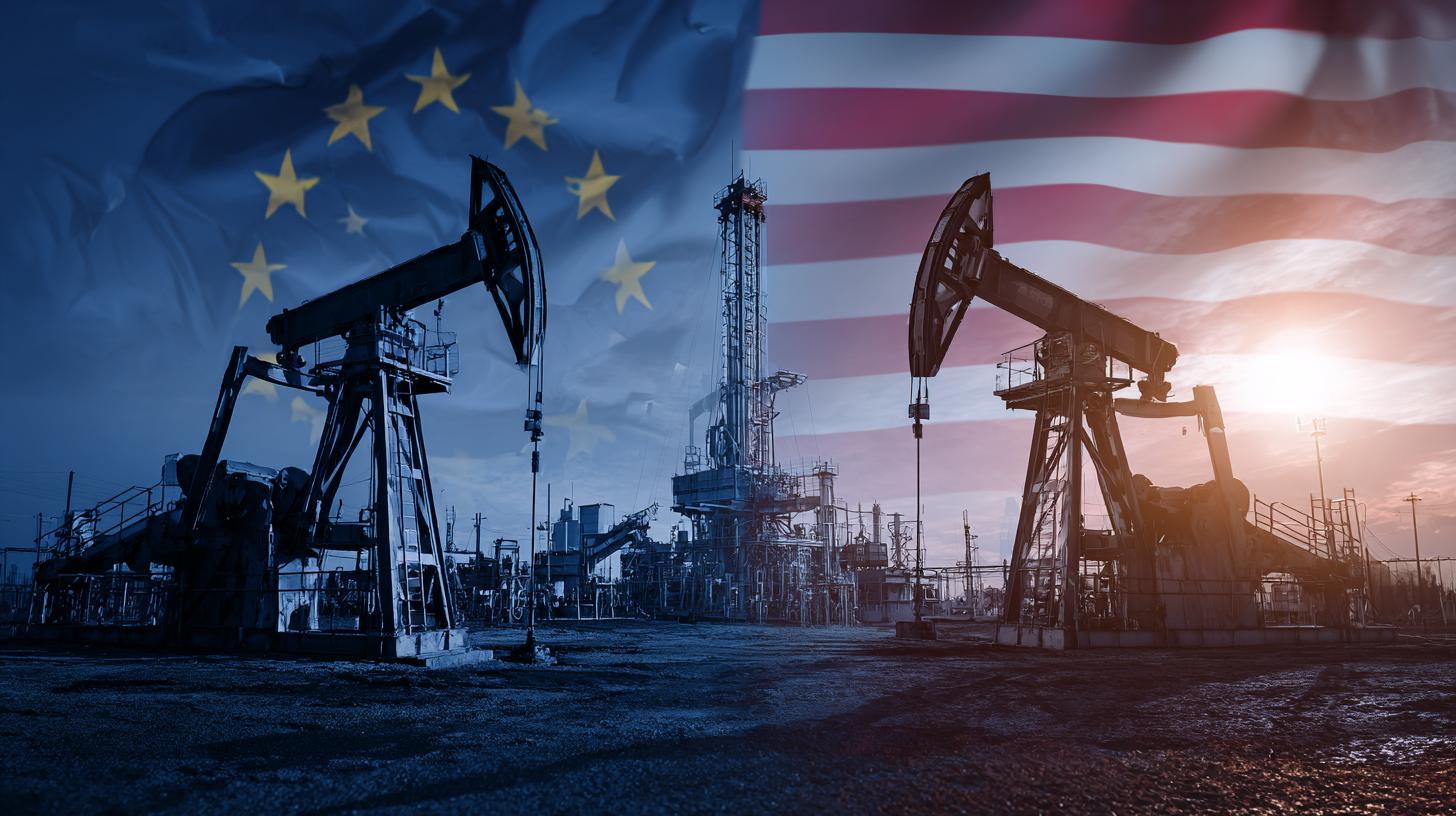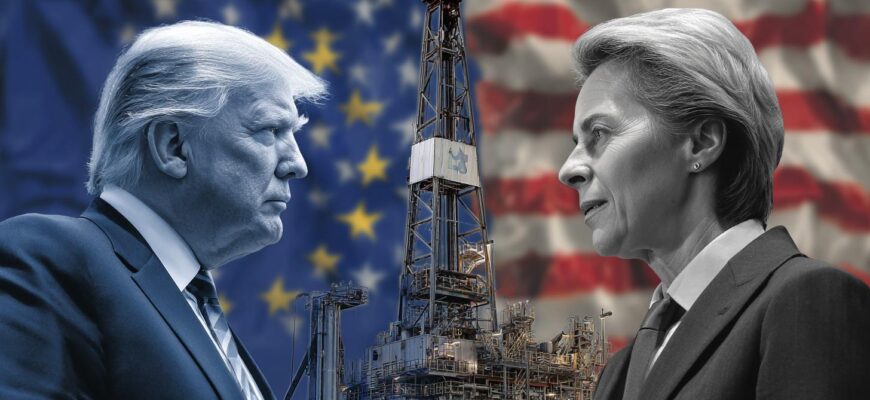The US has imposed sanctions on Russian oil giants. The EU is preparing its own package. That simple sentence carries seismic consequences for global energy flows, diplomacy and business planning, and it is already forcing companies and countries to pick new routes, partners and contingency plans.
- Why this moment matters
- What the US measures target and the immediate fallout
- What Europe’s package might include
- Market reactions and global ripple effects
- Short-term and long-term consequences
- Enforcement challenges and circumvention tactics
- Political dynamics inside the EU
- Energy security: how businesses and countries adapt
- Real-life example: a trader’s pivot
- What this means for consumers and businesses
- Scenarios to watch
Why this moment matters

Sanctions are not a new tool in international relations, but when they hit a commodity as central as crude oil, the stakes rise dramatically. Oil fuels not just cars and factories but also political leverage, tax revenue and strategic planning for NATO allies and nonaligned states alike.
The timing and scale of recent measures mean the world is no longer talking about incremental adjustments but structural shifts: which traders will handle cargoes, which insurers will underwrite shipments, and which refineries will adapt to different grades of crude.
Those shifts rip through commodity markets immediately and through investment plans over years. A sanction that looks like a legal adjustment in Washington can become a logistics headache for a refinery in Marseille, a shipping firm in Singapore, and a consumer picking up the tab at the pump.
What the US measures target and the immediate fallout
The United States’ sanctions package focuses on restricting Russia’s ability to monetize its oil — by targeting large oil companies, trading arms, and the networks that move and insure crude. The goal is to reduce Moscow’s revenue while limiting the collateral damage to global supply.
In practice, sanctions have tightened access to dollar financing, curtailed services from western insurers and shipowners, and discouraged major traders from handling sanctioned cargoes. That creates a practical barrier: even if oil can be physically loaded, moving it through the modern global logistics chain becomes riskier and more expensive.
Markets reacted predictably: price volatility spiked after announcements, while discounts on Russian barrels appeared in Asia as buyers sought bargains but faced logistic friction. Traders found workarounds, but those are often costly and imperfect, which is exactly part of the policy’s intent.
What Europe’s package might include
The European Union’s options range from a straightforward import ban on seaborne crude to more nuanced tools such as a price cap, restrictions on insurance and classification, and measures targeting services like ship maintenance and financing.
A price cap — an idea discussed in international forums — would allow trade to continue but at a limited revenue level for sellers. Insurance and servicing bans, by contrast, are blunt instruments: they can make shipments uninsurable in major markets, effectively preventing many cargoes from moving through standard channels.
Each measure has trade-offs. A price cap reduces revenue without immediate supply disruption if enforceable, while a ban is more punitive but risks higher prices and political blowback from countries reliant on Russian fuel.
| Possible EU measure | Likely immediate impact | Medium-term consequence |
|---|---|---|
| Seaborne import ban | Reduces shipments to EU ports, raises re-routing | Greater reliance on non-Russian suppliers, infrastructure investment |
| Price cap | Maintains supply but limits revenue | Encourages discounting and new trading hubs |
| Insurance/service restrictions | Disrupts logistics, raises costs | Growth of alternative insurers and opaque shipping practices |
| Secondary sanctions | Discourages third-party buyers | Shifts trade to friendly jurisdictions |
Market reactions and global ripple effects

When major buyers stop dealing with a large supplier, new buyers appear. We’ve already seen Russia divert crude to Asia at discounts and expand sales to buyers willing to accept logistical complexity. That reshapes pricing benchmarks and can set up permanent regional realignments.
Global oil markets are interconnected, so constraints in one place raise volatility elsewhere. Traders rebalance positions, storage economics change, and arbitrage opportunities shift from west-to-east trade routes to other corridors.
For commodity firms, the cost of doing business rises: compliance programs must be beefed up, contracts reworded, and counterparties vetted more closely. Small and medium-sized traders feel this acutely, unable to absorb higher legal and insurance costs in the way larger firms can.
Short-term and long-term consequences
- Short term: heightened price volatility, spot-market dislocations, and logistical bottlenecks.
- Medium term: rerouting of shipments, emergence of alternative insurers and shipping arrangements, and discounting of sanctioned crude.
- Long term: accelerated energy diversification in Europe, permanent shifts in trade patterns toward Asia, and greater investment uncertainty in Russian energy projects.
Enforcement challenges and circumvention tactics
Sanctions are only as effective as their enforcement. Actors seeking to keep business flowing employ a range of tactics, from using middleman traders and shell companies to conducting ship-to-ship transfers in dark waters and relabeling vessel flags.
Financial controls — like freezing corresponding bank access — are powerful, but oil can be paid for in non-dollar currencies or through barter-like arrangements. That complicates enforcement and requires international coordination to be more effective.
Another evasion route is service substitution. If Western insurers and port services withdraw, non-Western providers may step in. That reduces the leverage of sanctions unless measures also target service providers and ancillary industries, which in turn raises political and practical costs for sanctioning states.
Political dynamics inside the EU
The EU is a union of 27 states with different energy mixes, exposure and political appetites. Countries heavily dependent on pipeline supplies or with limited alternative routes worry about fuel security and price shocks.
Countries like Hungary have historically pushed back on sweeping embargoes that would threaten domestic supply, while others press for tougher measures to hasten Russia’s economic isolation. That internal negotiating dynamic shapes the shape and pace of any package.
Diplomacy outside the EU matters too. Countries that buy Russian crude at discounts — India and China most notably — will respond to European measures in ways that protect their energy needs and commercial interests, complicating any attempt to create a unified global front.
Energy security: how businesses and countries adapt
Practical adaptation involves both short-term logistics and long-term structural change. In the short run, refiners adjust feedstock slates, traders arrange new charters and insurers seek specialized risk pools. These are expensive and time-consuming changes.
Over the long run, the economics of new infrastructure — LNG terminals, reverse-flow pipelines, and additional storage — will determine how quickly Europe reduces dependency on any one supplier. Investment decisions hinge on the perceived durability of sanctions and on political will.
Speaking from years covering energy markets and attending industry roundtables, I have seen how quickly an unexpected policy decision can alter project economics and corporate strategy. Companies hedge, governments negotiate exemptions, and ultimately the market adapts, often with creative but imperfect solutions.
Real-life example: a trader’s pivot
I once spoke with the head of trading at a medium-sized firm who described a week in which three regular cargoes were suddenly unavailable. Within days they had sourced alternative barrels, rerouted tanker charters and rewired insurance terms. The cost of that agility was significant, but the firm survived and learned to build redundancy into its supply chain.
That anecdote illustrates a broader truth: resilience has a price, and smaller players often bear more of it. Policy shifts don’t just alter macro numbers; they impose concrete operational burdens on people and firms that manage logistics day-to-day.
What this means for consumers and businesses
Consumers feel the effects at the pump and in heating bills; businesses experience higher input costs and greater uncertainty in budgeting. Governments face political pressure to shield voters, which in turn affects how aggressive they are in sanction design.
Some industries might pass costs on, while others—where margins are thin—absorb them. That affects competitiveness and can lead to real economic pain for sectors dependent on energy-intensive processes.
Scenarios to watch
One scenario: a well-enforced EU package that includes a price cap plus broad service restrictions could limit Russian revenue while keeping global markets functioning—if major consumers cooperate. Another scenario: uneven implementation that drives flows to alternative buyers and creates persistent regional pricing disparities.
Finally, there is the high-friction scenario: punitive measures that unintentionally curtail supply deeply, triggering spikes in global prices and forcing emergency policy responses. The political appetite for that kind of disruption typically wanes fast, but contingency planning is critical.
The interplay of law, logistics and diplomacy makes this story both complicated and consequential. Whether the EU’s upcoming decisions converge with the US approach or chart a different course will determine how the global energy map looks for years to come.
For continued coverage and deeper analysis, visit https://themors.com/ and read other materials from our website.









